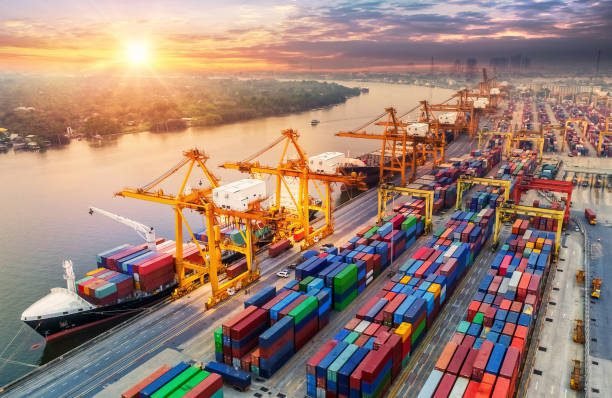We are currently living in the era of digitization. From our daily life needs to education to retail to corporate, everything is taking to it pretty fast. Supply chain management too is a sector that has recently started integrating its essential business aspects with technology. The main reason for that is how easy it makes the process of collecting big data and silo breakdown in the supply chain.
This is why it might be the best time to pursue a course on supply chain management if you are thinking of career prospects for a better future. As always, Imarticus Learnings has come through with its Supply Chain Management online course. It will not only provide you with amazing exposure but also put you, leagues, beyond your peers.
Here, in this article, we are going to elaborate further on what is digitalization in supply chain management? What is predictive supply chain analytics? and how it can reinvent the whole process for a better outcome. Please go through the whole article to learn more.
How cloud computing and predictive analytics can change the supply change management process?
Service and product life cycles are getting shorter and shorter. This is what basically is pushing businesses towards cloud computing and predictive analytical solutions across industries. Cloud computing provides immediate insights and better responsiveness and predictive analytics helps to predict future issues and any changes that can come into the supply or demand cycle. This essentially answers, what is digitalization in supply chain management and what is predictive supply chain analytics. Now, we take a look at the benefits that come with it.
The benefits of cloud computing
There are obviously some major benefits to this process which as of now are not found anywhere else. The benefits are, as follows:
- Cloud computing provides immediate insights into all the issues that can affect the chain directly. This, in turn, helps the managers to address the issues quickly and effectively. It also improves collaboration across all the sectors that come into play in the process.
- Once all the aspects are tied in the loop, predictive analytics will help the decision-makers with quick insights. With the help of ML and advanced statistical algorithms, it can help process big data to predict a likely outcome for the future. This includes all kinds of variables that have been gathered from different sources.
- Cloud computing also enables you to seamlessly add in different parties as needed at a moment’s notice. You can also adjust the provisions in this system immediately to fit the constant changes in demands or market trends.
- Digitalization will help to plan and execute things faster. This is supported by in-memory computing and big data analytics. This way you can improve your responsiveness to things that need immediate attention.
Best suited supply chain processes for cloud computing
There are some supply chain processes that are best suited for the cloud format, such as:
- Sourcing and procurement: SaaS tools are best suited to create a collaborative format.
- Logistics: from inventory management, replenishment planning to world trade compliance, every process here can easily be turned cloud-based.
- Manufacturing: this again can be cloudified very easily.
- Planning and Forecasting: predictive analytics is evolving to offer better planning and forecasting options.
Conclusion
Supply chain management is evolving constantly. This is why it has opened a new horizon of job prospects. Check out Imarticus Learnings’ Supply Chain Management online course to gear up for it and give your career the spark it needs.







